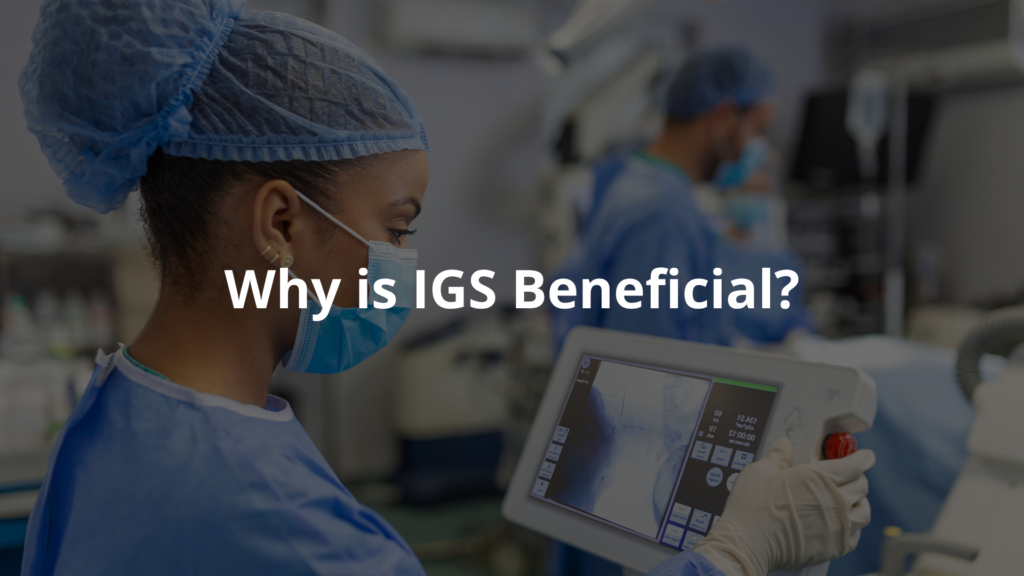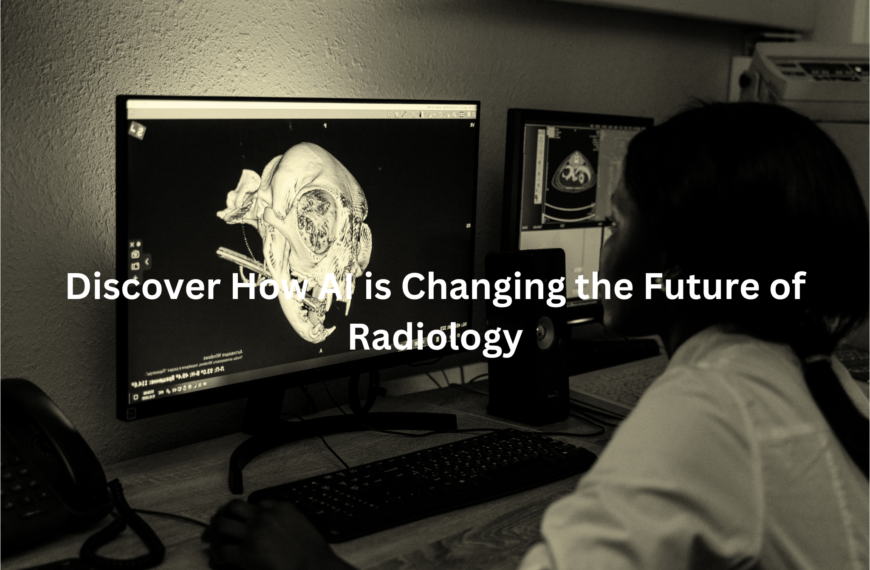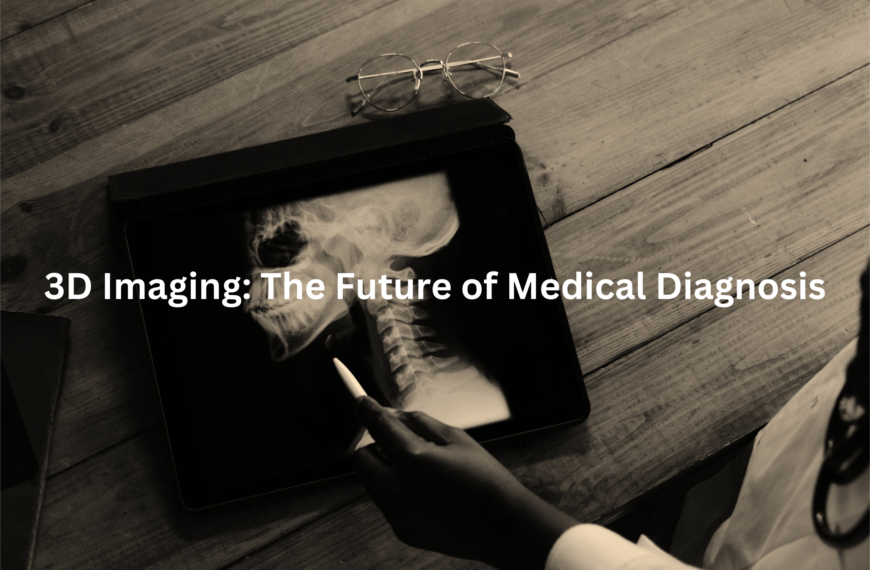Learn how image-guided surgeries are changing the way doctors operate, making surgeries safer and better for patients.
Doctors have been using image-guided surgeries (IGS) to make operations safer and more precise. These surgeries rely on advanced imaging tools, like CT scans or MRIs, to guide them during complex procedures. It’s especially helpful for delicate areas, like the brain or soft tissues, where every millimetre matters.
Imagine being able to see exactly where to operate without guessing—that’s what IGS does. It’s not just about technology; it’s about giving patients better outcomes and peace of mind. Curious about how this all works and what it means for healthcare? Keep reading to explore the impact of IGS on modern medicine.
Key Takeaways
- Image-guided surgeries help doctors see the surgical area in 3D, making operations more precise.
- These surgeries usually mean less cutting, which can help patients heal faster.
- Advanced imaging tools, like CT and MRI, are used to guide surgeons in real-time.
What is Image-Guided Surgery?
Image-guided surgery (IGS) is like giving surgeons a high-tech map to follow during operations. It’s a way for them to see inside the body in real-time while they work. Think of it like trying to find something tricky, like buried treasure, but with a GPS showing exactly where to dig. That’s what IGS does for doctors—it helps them avoid critical areas, like nerves or blood vessels, while they operate. This is especially handy for tough surgeries, like removing brain tumours or fixing problems in the spine (a common practice in places like Buenos Aires).
Doctors use several imaging tools to guide them during these surgeries. Some of the most common ones are:
- CT Scans: These create detailed 3D pictures by taking X-rays from different angles.
- MRI: Great for seeing soft tissues, like the brain or muscles.
- Ultrasound: This gives instant images, often used during biopsies or other procedures.
With these tools, surgeons can plan their steps carefully, reducing the chance of harming healthy tissue. For example, in cancer surgeries, IGS helps doctors target tumours with precision, which is crucial for patients undergoing treatments.
Picture this: a surgeon preparing for brain surgery. They might use a CT scan to get a 3D view of the brain, with the tumour clearly marked. This helps them know exactly where to work. A friend of mine once shared how this technology made him feel less anxious before his surgery. He said it was comforting to know the doctors could “see everything” while operating.
Why is IGS Beneficial?

There are plenty of reasons why image-guided surgery is a big deal. Here’s a quick list of the benefits:
- Better Visualisation: Surgeons can see inside the body as they work, which helps them avoid mistakes.
- Increased Safety: By avoiding critical areas like nerves, surgeries become much safer.
- Less Invasive: Smaller cuts are often needed, which means quicker recovery times for patients. [1]
Take cancer surgeries, for instance. Tools like gamma probes can help locate tumours more accurately. This is especially useful for brain, prostate, or liver surgeries. Smaller cuts not only mean less pain but also a faster return to normal life.
One of the most impressive things about IGS is how precise it allows surgeons to be. It’s like being an artist with a magnifying glass, able to see every tiny detail. They don’t have to guess where to cut—they can follow the images and avoid damaging healthy areas. This precision is critical, especially when working near delicate parts of the body.
RANZCR and Image-Guided Surgery
The Royal Australian and New Zealand College of Radiologists (RANZCR) plays a key role in making sure these surgeries are done safely and effectively. They create guidelines for using imaging tools and train doctors to use them properly. This ensures patients get the best care possible.
RANZCR also focuses on teaching doctors about the latest technologies, like how to safely use iodinated contrast media. This substance improves the quality of images but needs to be handled carefully to avoid risks.
I remember hearing about a surgical team that attended a RANZCR workshop. They learned about new imaging techniques and tools, which gave them more confidence in their surgeries. After the training, they were able to perform operations with better results. It’s a good example of how organisations like RANZCR help improve patient care.
Applications of IGS in Different Fields
Image-guided surgery isn’t just for one type of operation—it’s used across many medical fields. Here are some examples:
- Neurosurgery: For complex brain and spine surgeries. [2]
- Oncology: Helps in finding and treating tumours.
- Interventional Radiology: Used for diagnosing and treating various conditions.
In head and neck surgeries, for instance, precision is critical. Surgeons need to avoid cutting into arteries or nerves, and IGS helps by showing these structures on their screens. A doctor I know once said that using IGS felt like having “an extra set of eyes.” That extra safety is a big deal in such delicate procedures.
Future of Image-Guided Surgery
What’s next for image-guided surgery? The future looks promising, with new technologies like mixed reality and deep learning making their way into operating rooms. Mixed reality, for example, combines real and virtual images, giving surgeons an even clearer view of what they’re working on.
As these tools become more advanced, more hospitals will likely adopt them. This means surgeries that are safer, faster, and more effective. The IGS market is also expected to grow, as more patients prefer these less invasive procedures.
It’s exciting to think about how far this technology has come. In the future, we might see even more innovative tools that make surgeries even better. For now, though, the advice is simple: if you or someone you know needs surgery, don’t hesitate to ask if image-guided techniques are an option. It could make all the difference.
FAQ
What is image guided surgery and how does it help with patient safety?
Image guided surgery uses special cameras and screens to help doctors see inside your body during operations. The guidance system works like a car’s GPS, showing doctors exactly where to go. This means safer operations and smaller cuts that heal faster, which is brilliant for patient safety.
How do imaging modalities and real time 3D images help during surgery?
Different imaging modalities (special medical cameras) create high quality pictures of your body. Using magnetic resonance and other clever tech, these systems show real time 3D images while the surgeon works. It’s like giving doctors X-ray vision to guide surgical tools with spot-on accuracy.
How do computers help doctors with brain tumours and spine surgery?
Computer assisted surgery helps doctors treat brain tumours and do spine surgery really carefully. The system makes detailed maps and keeps track of surgical tools during the operation. This helps surgeons work safely around sensitive bits in the brain or spine, especially during tricky soft tissue procedures.
What’s special about molecular imaging and indocyanine green in cancer surgery?
These clever imaging techniques help surgeons find cancer cells during operations. Indocyanine green is a special dye that makes cancer cells glow, helping with tumour detection. This is especially handy for spotting cancer in soft tissue or doing sentinel node mapping in cancer patients.
How are augmented reality and machine learning making surgery better?
State of the art tech like augmented reality and machine learning are making operations more precise. These tools help with decision making and surgical planning. It’s brilliant for complex operations like prostate cancer or ovarian cancer surgery. In the operating room, surgeons can see special computer images floating over the patient, helping them work more accurately.
How do clinical trials and systematic reviews improve image guided surgery?
Clinical trials and systematic reviews help doctors figure out the best ways to do image guided surgery. These studies look at clinical outcomes to make sure new surgical techniques are safe and work properly. This research often appears in open access journals as original articles, helping set up good clinical practice guidelines.
What makes a hybrid operating room special for image guided surgery?
A hybrid operating room combines regular surgery gear with fancy imaging systems. It needs special user interaction designs so medical teams can work together smoothly. The room must be set up for proper medical imaging while still allowing doctors to check blood flow and do nuclear medicine procedures when needed. These rooms are like mission control centres for modern surgery!a
Conclusion
Image-guided surgeries are transforming how doctors operate in Australia and globally. They offer clearer visuals, improved safety, and less invasive methods, helping patients recover quicker. Groups like RANZCR (Royal Australian and New Zealand College of Radiologists) are driving advancements in this area, making surgeries safer and more precise. If you or someone you know needs surgery, it’s worth asking about image-guided techniques—they could make the whole process smoother and lead to better results.
References
- https://irsa.com.au/treatments/image-guided-tumour-ablation/
- https://www.perthneurosurgery.com.au/image-guidance-surgery/




